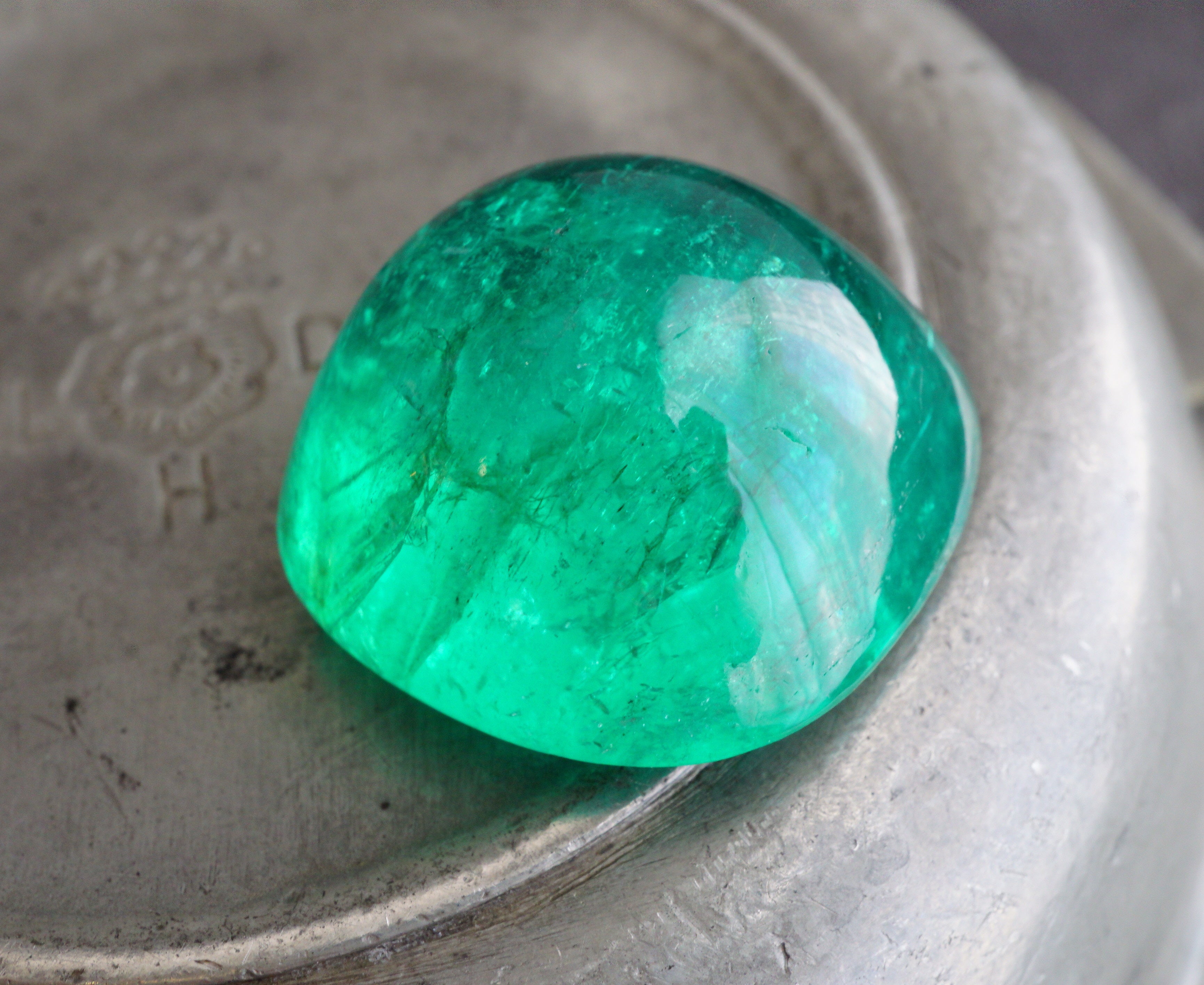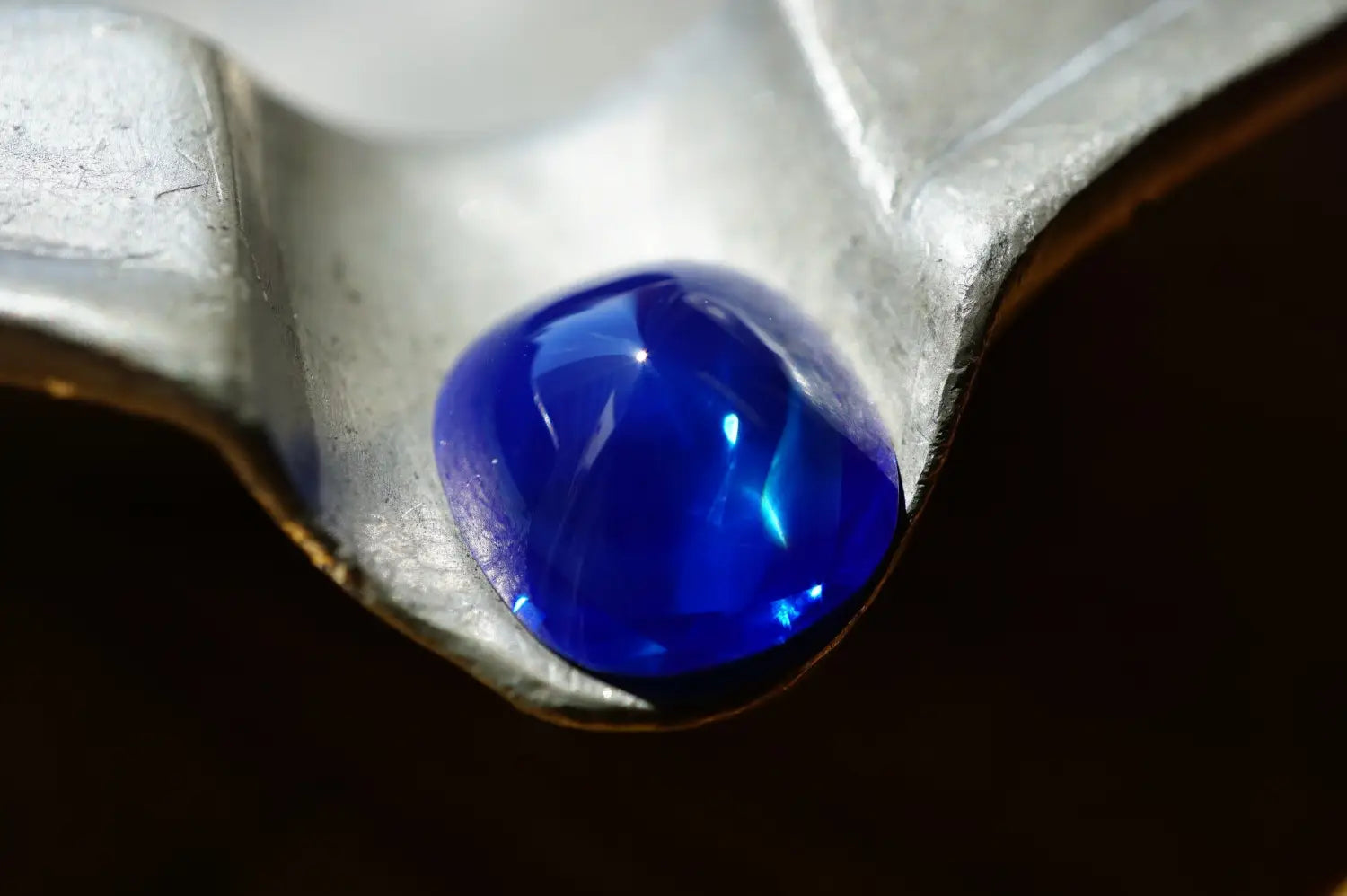
Gemstone Inclusions: The Universe Within
One of the most fascinating aspects of gemstones is their “inclusions”—the internal irregularities formed as the stone develops deep within the earth. Think of inclusions as a gemstone’s birthmark, a natural record of its unique formation process over eons. These inclusions are a beautiful testament to the energy and elements that converged to create the gem, capturing a piece of our planet’s history. Ultimately, they play a vital role in shaping each gemstone’s individuality, stunning beauty, and aura of mystery.
By definition, an inclusion is a “clarity characteristic” found inside or extending into a polished gemstone from its surface. In diamonds, inclusions can take many forms. For example, a mineral crystal might become trapped inside a diamond as it grows, or tiny, tightly packed crystals called “pinpoints” may cluster together to form a hazy “cloud.” Another common feature is the “twinning wisp,” a pattern of pinpoints, crystals, or clouds that develop along the diamond’s growth planes. These inclusions are unique, adding distinctive features that differentiate one diamond from another.

Colored gemstones also display various inclusions. Like diamonds, they can have “included crystals,” small mineral crystals that get trapped within a gem as it grows. Similarly, many transparent colored stones, such as emerald and tourmaline, often contain “fluid inclusions”—small pockets filled with fluids, sometimes accompanied by gas bubbles and tiny crystals. These inclusions offer a fascinating glimpse into how these beautiful gems formed.
Some inclusions enhance the visual appeal of colored stones. In “cat’s-eye” gems, parallel needle-like inclusions (sometimes called “silk”) reflect light to create a silky sheen. When the stone is cut into a domed cabochon, this sheen forms a narrow band resembling a cat’s pupil, a phenomenon known as “chatoyancy,” which is most commonly seen in cat’s-eye chrysoberyl.

Fluid inclusions in quartz. Photo courtesy of Nathan Renfro.
When these needle-like inclusions intersect in multiple directions, they reflect light in such a way that it forms a striking star pattern. This effect, called “asterism,” can be observed in cabochon “star rubies” and “star sapphires,” where bands of light cross at the center of the gem’s dome, radiating outward.
Another captivating phenomenon is “aventurescence,” a glittery effect that occurs when light reflects off small, flat inclusions within gems such as aventurine quartz and sunstone feldspar. Meanwhile, demantoid garnet showcases “horsetail” inclusions—golden fibers radiating from the center of the gem, resembling a spectacular fireworks display.

Bright-red cinnabar inclusions in barite. Photo courtesy of Nathan Renfro.
Some gemstones also display “color zoning,” where color is unevenly distributed within the stone due to temperature fluctuations or variations in trace element incorporation during formation. For instance, ametrine is prized for its distinctive color zoning, displaying both amethyst (purple) and citrine (orange) hues in the same crystal. This color variation is believed to result from temperature differences that influenced the oxidation of iron during the gem’s formation. Such variations highlight the remarkable journey a gemstone takes during its growth.
Ultimately, inclusions make each gemstone truly one-of-a-kind. Just as no two snowflakes are identical, it's equally rare for two gemstones to have the same clarity characteristics in exactly the same locations. These inclusions provide valuable insights into a gemstone’s formation and help differentiate natural gemstones from lab-grown or imitation counterparts. This distinction is especially important for valuable stones such as rubies, emeralds, and sapphires, which often share similar gemological properties with their lab-grown versions.

Quartz with complex fluid inclusion composed of water, petroleum, methane and some solids. Photo courtesy of Nathan Renfro.
At Jogani, we deeply appreciate inclusions. Every gemstone we handle, whether we’re buying or selling, must have inclusions, even if only visible under magnification. Inclusions captivate us because they tell the story of each gemstone’s formation and offer a glimpse into the universe locked inside. We cherish the role they play in enhancing a gemstone’s allure, and we celebrate the fact that, just like a fingerprint, no two gemstones are ever exactly the same.
Photo (top): A 106.52-carat cabochon Colombian emerald from the Jogani collection.


